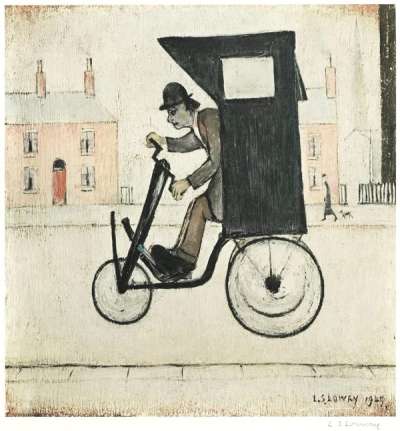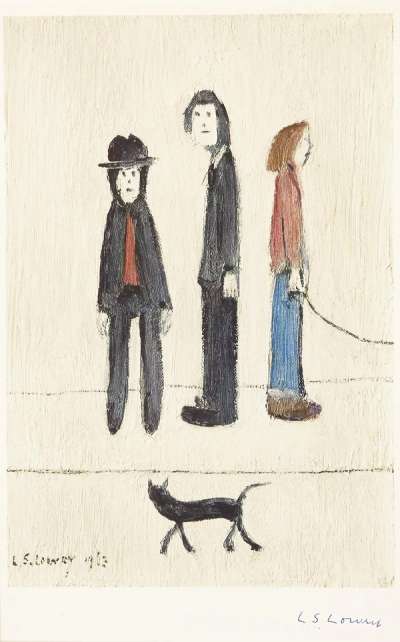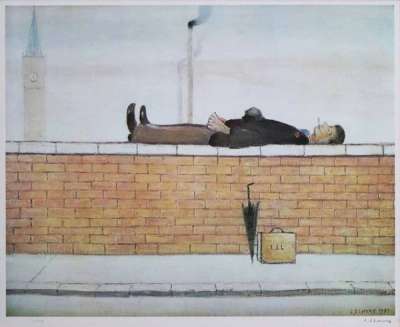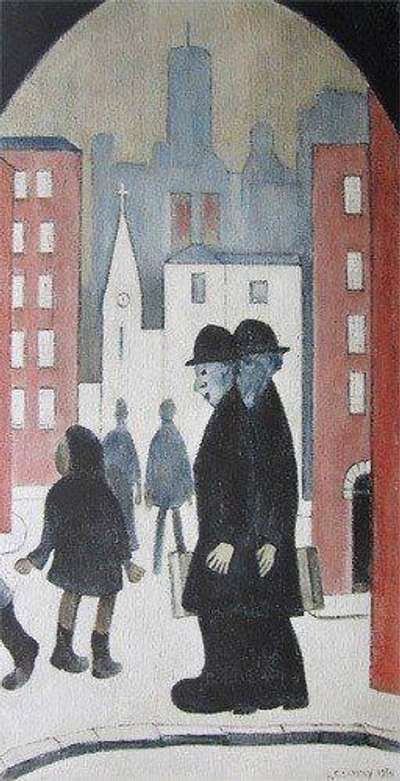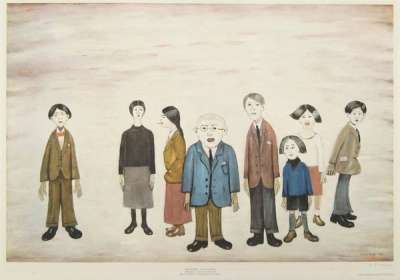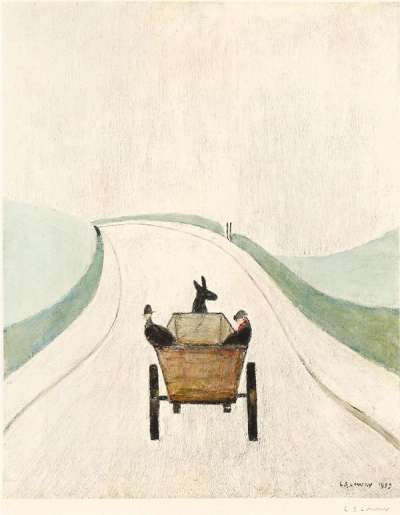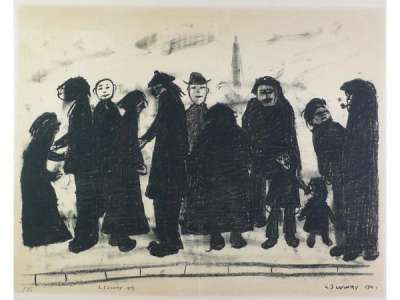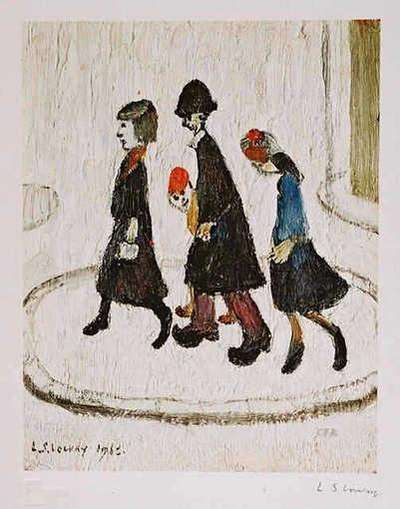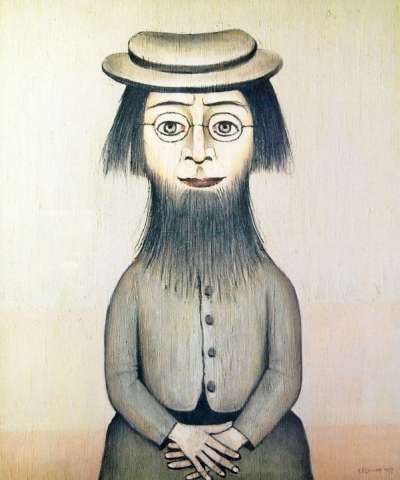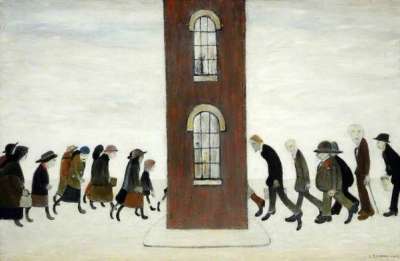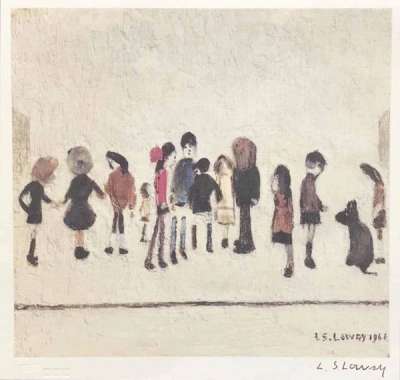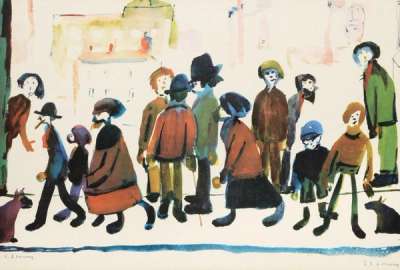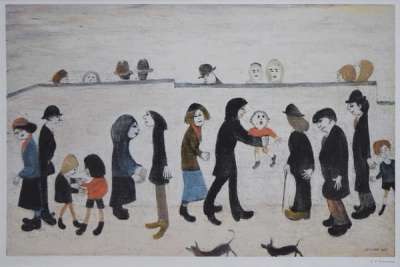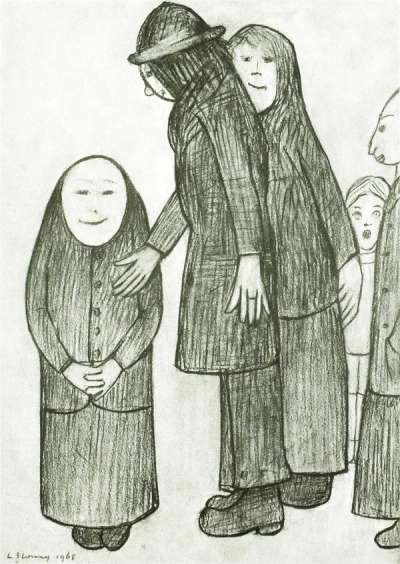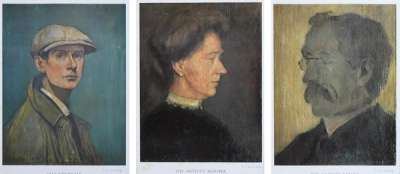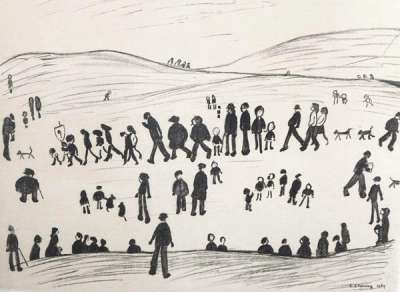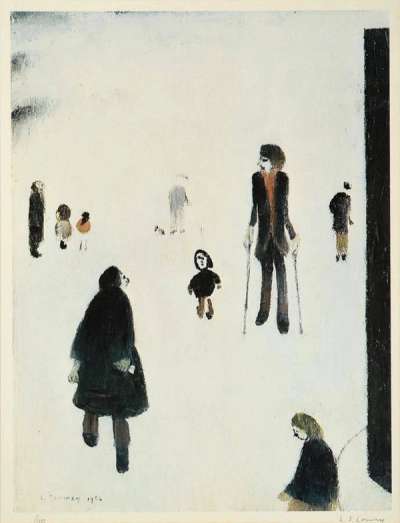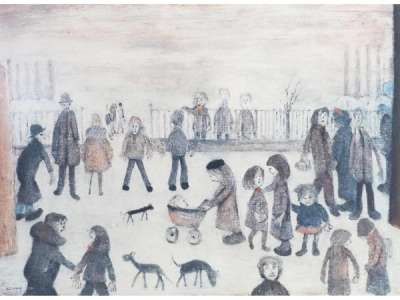
Bloomsbury Square
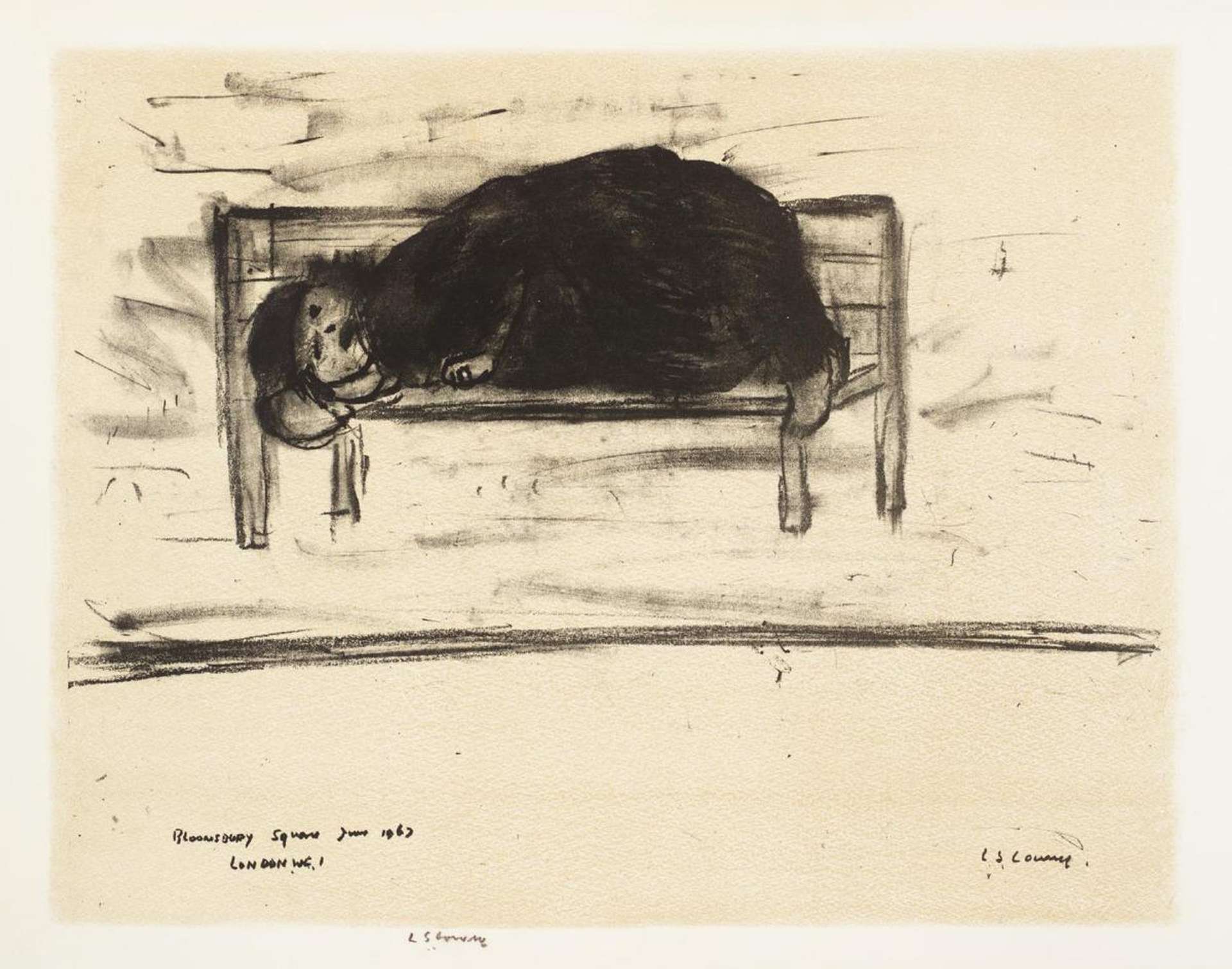
Bloomsbury Square
Signed Print
L S Lowry
£8,000-£12,000
$16,000-$23,000 Value Indicator
$14,000-$21,000 Value Indicator
¥70,000-¥110,000 Value Indicator
€9,500-€14,000 Value Indicator
$80,000-$120,000 Value Indicator
¥1,530,000-¥2,290,000 Value Indicator
$10,000-$15,000 Value Indicator
AAGR (5 years) This estimate blends recent public auction records with our own private sale data and network demand.
There aren't enough data points on this work for a comprehensive result. Please speak to a specialist by making an enquiry.
Medium: Lithograph
Edition size: 75
Year: 1967
Size: H 47cm x W 60cm
Signed: Yes
Format: Signed Print
TradingFloor
MyPortfolio
Your collection tracked in real time.
Build your portfolio, manage valuations, view return against your collection and watch works you're looking for.
Track auction value trend
Auction Results
| Auction Date | Auction House | Artwork | Hammer Price | Return to Seller | Buyer Paid |
|---|---|---|---|---|---|
| April 2021 | Sworders - United Kingdom | Bloomsbury Square - Signed Print | |||
| April 2019 | Wilson55 - United Kingdom | Bloomsbury Square - Signed Print | |||
| April 2010 | Bonhams Chester - United Kingdom | Bloomsbury Square - Signed Print | |||
| October 2006 | Bonhams Leeds - United Kingdom | Bloomsbury Square - Signed Print | |||
| October 2004 | Bonhams Leeds - United Kingdom | Bloomsbury Square - Signed Print |
Meaning & Analysis
Bloomsbury Square is a lithograph print from 1967 by L. S. Lowry that shows an image of a tramp curled up on a park bench. This is an unusual scene by Lowry in that it shows a single person rendered without any context or backdrop.
Using black ink against white paper, this print is made up of rough strokes and blurred lines so that the figure’s face is rather distorted. Much like his gloomy images of industrial landscapes, this is a debased portrait of a figure who has become subject to their environment. This print is indicative of Lowry’s interest in the people that populate his famous paintings and the great variety of characters that make up the towns and cities that he depicts.
Lowry’s lithographs like Bloomsbury Square are produced by hand whereby a plate is etched and inked, and the paper is then pressed onto the plate to produce an original. Due to this printing process, no two prints are exactly the same. Editions like these are therefore relatively small, in this case 75, and as a result they are rare and highly sought after items.
